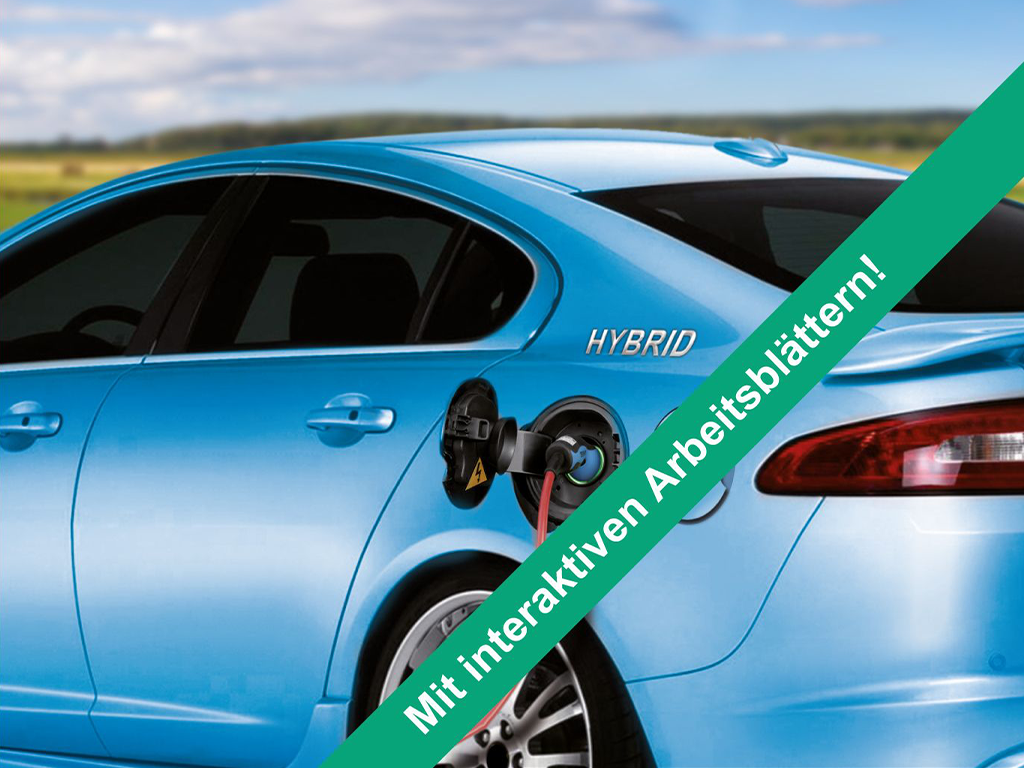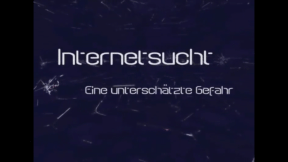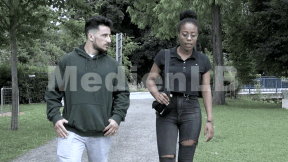 Ecological
Ecological

4669863 / 5560484
Hybrid Drives
Technology of the Future
When Lena goes through the city centre by car, she has to be particularly careful, because her car is almost inaudible and therefore pedestrians often hear it just in the nick of time. For in the city centre, her car is powered by electricity. The power is provided by a strong battery in the boot.
But as soon as the destination is located far away, Lena switches to petrol operation. Then the car is powered by a normal combustion engine. The fuel comes from the tank – just like with all other cars. Depending upon when and where the car travels, it uses different engines and different types of energy in doing so. That is why the car is also called a hybrid vehicle. Hybrid means something like “mixed”.
This may also refer to an e-bike, which Lena has in her garage as well. It combines electric energy from the battery with energy from muscle power.

Curriculum-centred and oriented towards educational standards
Matching
Internet Addiction
The film consists of two parts. The first part is the 15-minute short film “In the Net”. It describes the problem of excessive Internet use in a humorous way, in particular the risk of losing touch with reality when chatting. The second part illustrates with three real persons how Internet addiction can develop and the problems encountered by those who are afflicted. The authentic statements are commented by an experienced therapist. For many pupils, the issues addressed here are related to their everyday lives. What is a “sensible” use of the Internet, where does pathological addiction start? In contrast to addiction to alcohol, nicotine or drugs, the public seems to be largely ignorant of the problem of this addiction, which is not related to any substance abuse. The film provides material for discussion in the classroom (crossdisciplinary) and can be used as a basis for the formulation of prevention strategies.
Ceramic
Ceramics are indispensable in our everyday lives. We eat from ceramic plates, drink from ceramic cups, use tiled ceramic bathrooms. But how is ceramic manufactured? The film reveals the secrets of this fascinating material! We get to know more about the beginnings of ceramic in the Old World of Egypt and Mesopotamia, about Greece, China and Rome. We gain interesting insights into the valuable earthenware and are also shown the exquisite further development of the "white gold". Today this versatile material is irreplaceable in industry, too. Whether in space or as an easily compatible substitute in medicine, ceramic is applied in many places.









